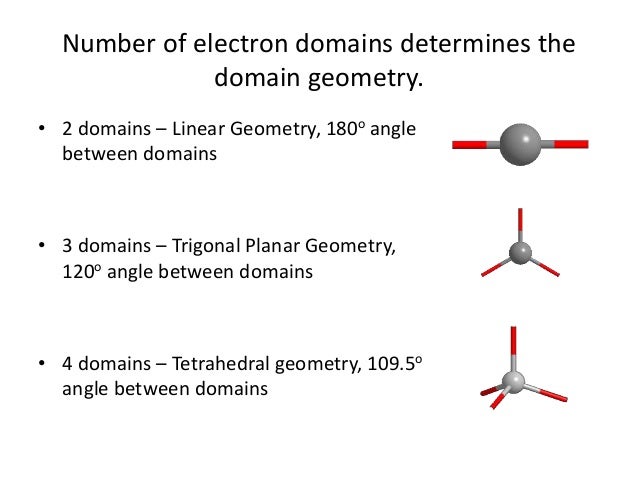

We will draw the skeletal sketch of the molecule with the help of the atomic symbols and valence electrons via electron dot structure. Here, therefore, the chlorine is taken to be the central atom.ĭraw the Skeletal Diagram of the molecule Now, the element which is supposedly the least electronegative among all the elements constituting a molecule is considered to be the central atom. This chemical property is known as electronegativity and varies across the lengths and breadths of the periodic table. ElectronegativityĪn atomic element always tends to attract negatively charged electrons. How can we find out the central atom inside a multiatomic heterogeneous molecule?įor this, we need to recapitulate the theory of electronegativity. Total number of valence electrons in ClF3 = 7 + 7*3 = 28.įind out the Central Atom in the Molecule Chlorine has an atomic number of 17 and Fluorine has an atomic number of 9.īoth of them belong to group 7 of the periodic table and have a valency of 7. Now, we will calculate the valence electrons in ClF3:ĬlF3 has one chlorine atom and three fluorine atoms. The main group elements have a tendency or an inherent inclination towards octet fulfillment which simply signifies that they intend to have eight valence electrons like the noble gas configurations of the same period.įor example, Carbon (atomic no:6) has a tendency to have an octet configuration as neon ( atomic no:10 and the noble gas of the same period) If we look at the periodic table, we can easily find out the number of valence electrons present in each atomic element in its ground state from the atomic number. Valence electrons signify the number of electrons present around atomic nuclei in the outermost shell, also known as the valence shells. Let us first understand the concept of valence electrons and the octet rule.

So, it is really important to take good care and safety precautions while handling the chemical to avoid any form of hazards.Ĭonclusion ClF3 Lewis Structure Calculate the total number of Valence Electrons It can lead to uncalled-for explosions.ĭo you know that when ClF3 participates in a hydrolysis reaction, it often turns violent? Also, it can cause excessive damage to skin, eyes and therefore highly toxic. However, it is a highly poisonous and corrosive gas and proves to be fatal when inhaled. It is also used for plasma-less cleaning in semiconductors and for reprocessing of reactor fuels. This makes this compound a suitable choice in propellants and nuclear reactors or as incendiary. Chlorine trifluoride or ClF3 is an extremely reactive chemical compound with several varied applications and unique physical and chemical compounds.Īn interhalogen compound having both Cl and F, it has a density of around 3.79 g/l and a molar mass of 92.45 g/mol.ĬlF3 exhibits a strong suffocating pungent odor and varies from colorless gaseous to green liquid form.ĬlF3 is a powerful fluorinating agent and also acts as a strong oxidizer.


 0 kommentar(er)
0 kommentar(er)
